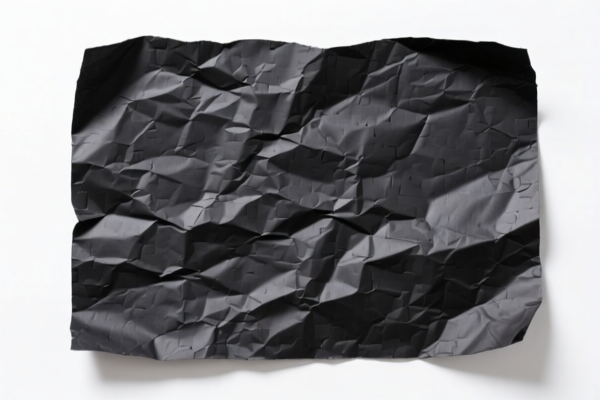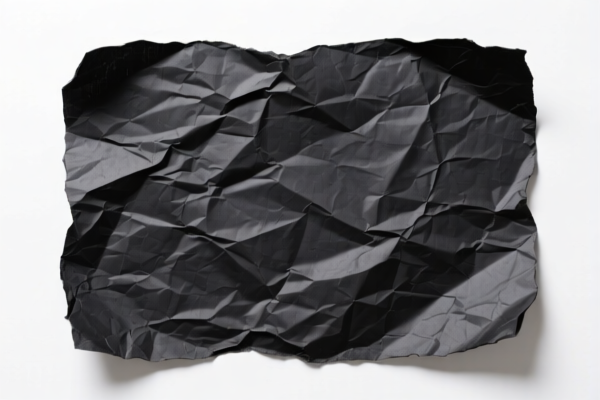| HS Code | Official Doc | Tariff Rate | Origin | Destination | Effective Date |
|---|---|---|---|---|---|
| 4707900000 | Doc | 55.0% | CN | US | 2025-05-12 |
| 4707100000 | Doc | 55.0% | CN | US | 2025-05-12 |
| 4706200000 | Doc | 55.0% | CN | US | 2025-05-12 |
| 9602001080 | Doc | 40.5% | CN | US | 2025-05-12 |
| 9602001040 | Doc | 40.5% | CN | US | 2025-05-12 |
| 3503005550 | Doc | 2.8¢/kg + 3.8%+37.5% | CN | US | 2025-05-12 |




Shredded Paper
Shredded paper consists of paper strips or flakes produced by a device called a paper shredder. The process reduces the size of paper documents, typically for security or disposal purposes.
Material:
- Base Material: Primarily cellulose fibers derived from wood pulp, recycled paper, or other plant-based sources.
- Types of Paper: Any standard paper type can be shredded, including:
- White paper
- Colored paper
- Cardstock (depending on shredder capacity)
- Junk mail
- Newspaper (though this often has lower security due to fiber length)
Purpose:
- Security: The primary function is to destroy sensitive information contained within documents, preventing identity theft, fraud, or breaches of confidentiality.
- Disposal: Reduces the volume of paper waste, making it easier to dispose of and potentially suitable for recycling.
- Packaging: Used as cushioning material in shipping or storage, offering a protective layer for fragile items.
- Composting: Can be added to compost piles as a carbon-rich "brown" material, though inks and coatings may affect compost quality.
- Animal Bedding: Sometimes used as bedding for small animals, offering absorbency and comfort.
Function:
Paper shredders use rotating blades to cut paper into smaller pieces. The size and shape of these pieces determine the security level.
Usage Scenarios:
- Home Offices: Disposing of bills, bank statements, and personal documents.
- Businesses: Protecting confidential client data, financial records, and employee information.
- Government Agencies: Securely destroying classified or sensitive documents.
- Recycling Facilities: Preparing paper for recycling (though not all facilities accept shredded paper).
- Shipping and Moving: Protecting delicate items during transport.
Common Types (based on cut style):
- Strip-Cut (or Ribbon-Cut): Paper is cut into long, narrow strips. This is the least secure type, as documents can often be reassembled.
- Cross-Cut (or Confetti-Cut): Paper is cut into small, diamond-shaped pieces. Offers higher security than strip-cut.
- Micro-Cut: Paper is cut into extremely small particles, providing the highest level of security. Often used for highly sensitive information.
- Particle-Cut: Similar to micro-cut, producing very small, irregular-shaped pieces.
- Matte Shred: Designed to shred paper with adhesive labels or glossy coatings, preventing jams.
Security Levels (DIN 66399 standard):
- P-1: Strip-cut, for general, non-sensitive documents.
- P-2: Cross-cut, for confidential documents.
- P-3: Cross-cut or micro-cut, for highly confidential documents.
- P-4: Micro-cut, for very highly confidential documents.
- P-5: Micro-cut, for top-secret documents.
- P-6: Micro-cut, for destruction of highly sensitive data requiring maximum security.
Shredded paper generally falls under the category of recovered (waste and scrap) paper and paperboard. Here's a breakdown of relevant HS codes based on the provided information:
-
4707900000: This HS code covers “Recovered (waste and scrap) paper and paperboard: Other, including unsorted waste and scrap”. This is a broad category and would likely be the most applicable if the shredded paper is not specifically sorted or classified further.
- Chapter 47: Pulp of wood or of other fibrous cellulosic material; recovered (waste and scrap) paper or paperboard. This chapter generally deals with materials derived from wood or fibrous materials, including waste and recovered products.
- Heading 4707: Recovered (waste and scrap) paper or paperboard. This heading specifically focuses on paper and paperboard that has been recovered from waste streams.
- Subheading 4707900000: Other, including unsorted waste and scrap. This indicates that the paper or paperboard doesn't fall into more specific categories within heading 4707.
-
4707100000: This HS code covers “Recovered (waste and scrap) paper and paperboard: Unbleached kraft paper or paperboard or corrugated paper or paperboard”. If the shredded paper originates from unbleached kraft paper or corrugated paper, this code may be applicable.
- Chapter 47: Pulp of wood or of other fibrous cellulosic material; recovered (waste and scrap) paper or paperboard.
- Heading 4707: Recovered (waste and scrap) paper or paperboard.
- Subheading 4707100000: Unbleached kraft paper or paperboard or corrugated paper or paperboard. This specifies a particular type of recovered paper.
Tax Information (Applicable to both HS codes):
- Basic Tariff: 0.0%
- Additional Tariff: 25.0%
- Tariff after April 2, 2025: 30.0%
- Total Tariff: 55.0%
Important Note:
The total tariff rate is currently 55.0%, but will increase to 30.0% additional tariff (resulting in a 58.0% total tariff) after April 2, 2025.
Customer Reviews
No reviews yet.